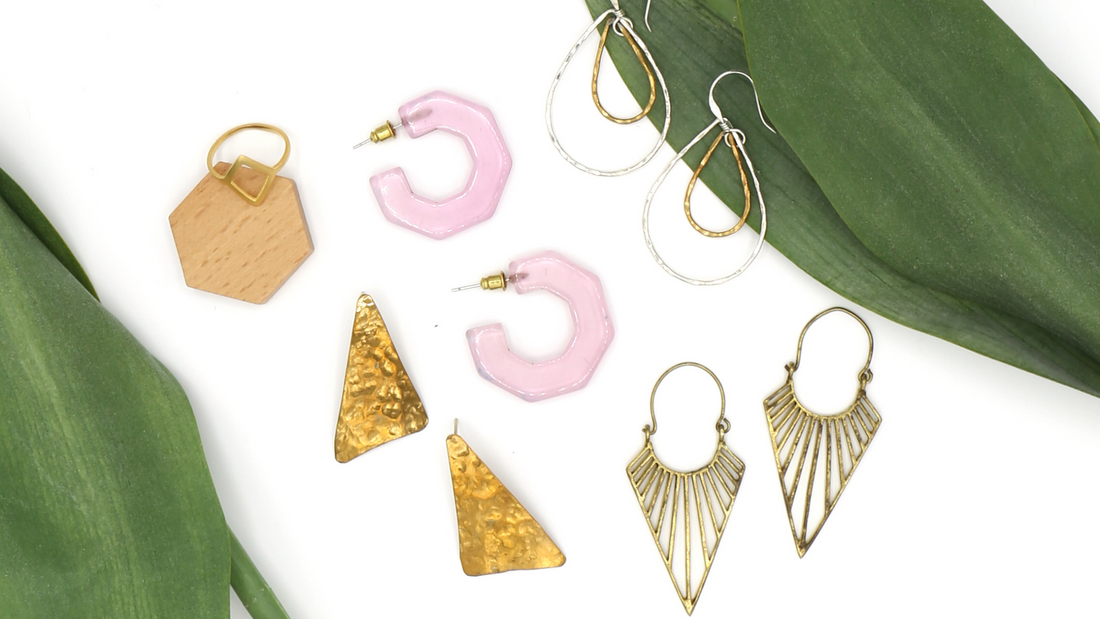This blog is a reshare of an Instagram post from last summer when our founder, Joy, did a bit of digging into how fair trade really started and discovered that fair trade started with abolitionist and anti-slave labor beginnings. This is too important not to keep talking about.
Read on for the original post!
Y'all. I'm not a history nut (though I wish I were, given the significance), but I learned some history tonight that has me SHOOK.
So I've been following @toimarie and took her workshop on #BusinessForThePeople, in which she suggests you look into the full origins of the industry you're in. This comes after she shares origins of the business world, which she reminds us was built through the exploitation and killing of Black and Native bodies.
I did a deep-dive online of the origins of fair trade. The most persistent story, the one I've heard a thousand times, is when Edna Ruth Byler starts selling Puerto Rican handicrafts in the States in the 1940s (reminder Puerto Rico is a U.S. territory, not a "third world country"...).
BUT what I didn't know is that the FIRST versions of fair trade were actually in the late 1820s, when "Free Produce Movement" was started to boycott products made from U.S. slave labor. Supporters wanted to be paying "true costs" and valuing "honest labor." Sound familiar?!
The fair trade movement was dramatically altered by World War 2, eventually adapted by Edna Ruth Byler, which in turn started Ten Thousand Villages, the pioneer in what we know to be fair trade retail. Anna and I both worked at Ten Thousand Villages prior to starting Fair Anita.
SO. Fair trade has U.S., abolitionist, anti-slave labor roots, y'all. Still fighting the same battles today.
(Website credits the book Encyclopedia of Antislavery and Abolition for this info).

